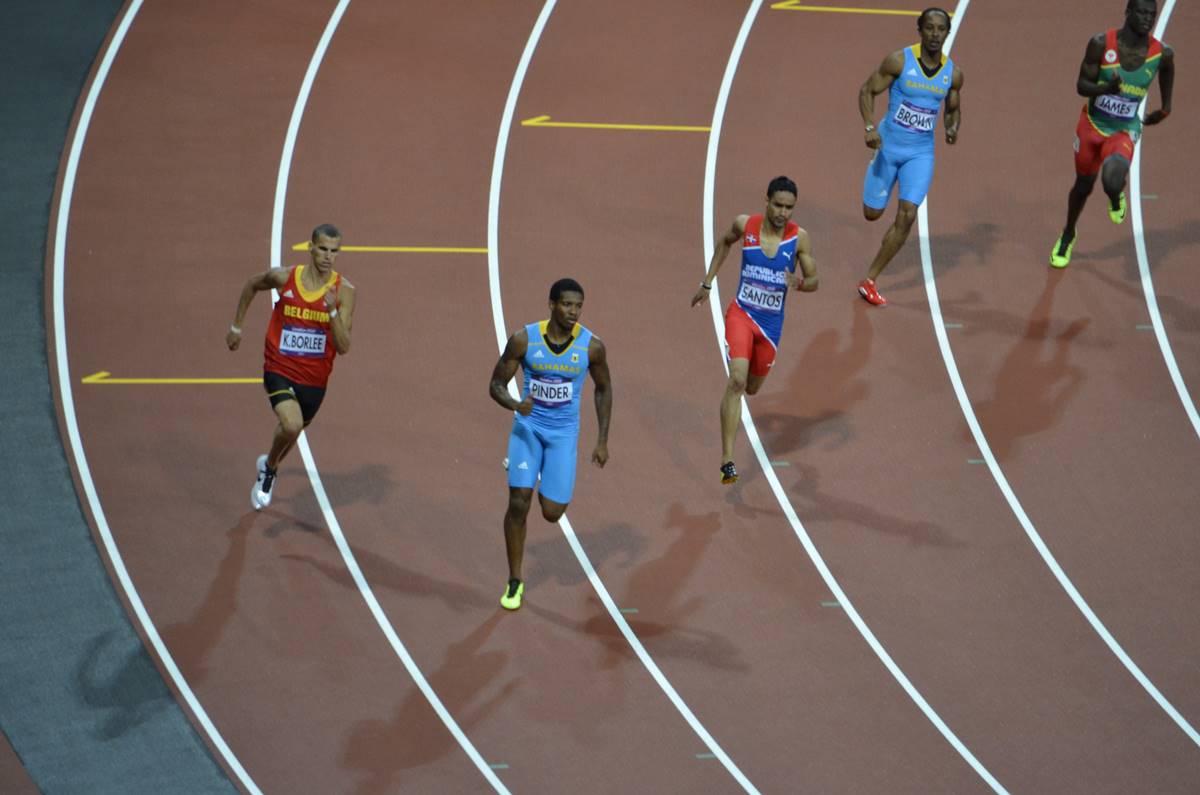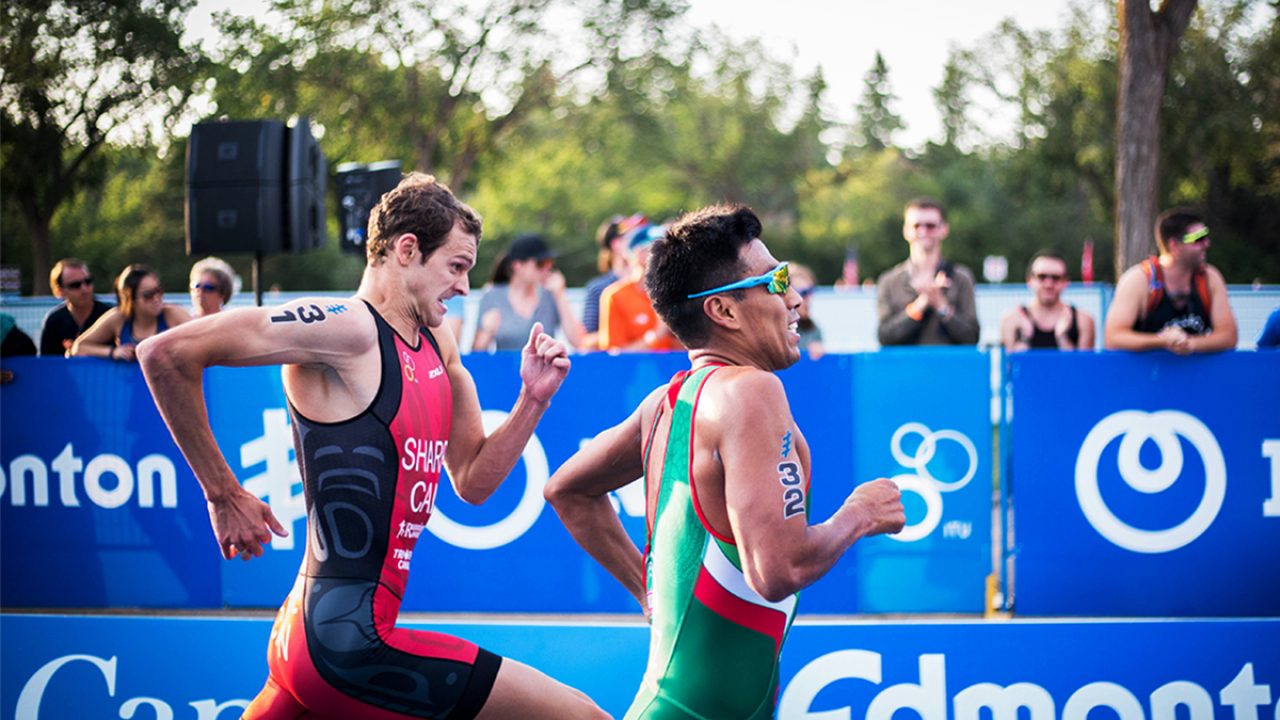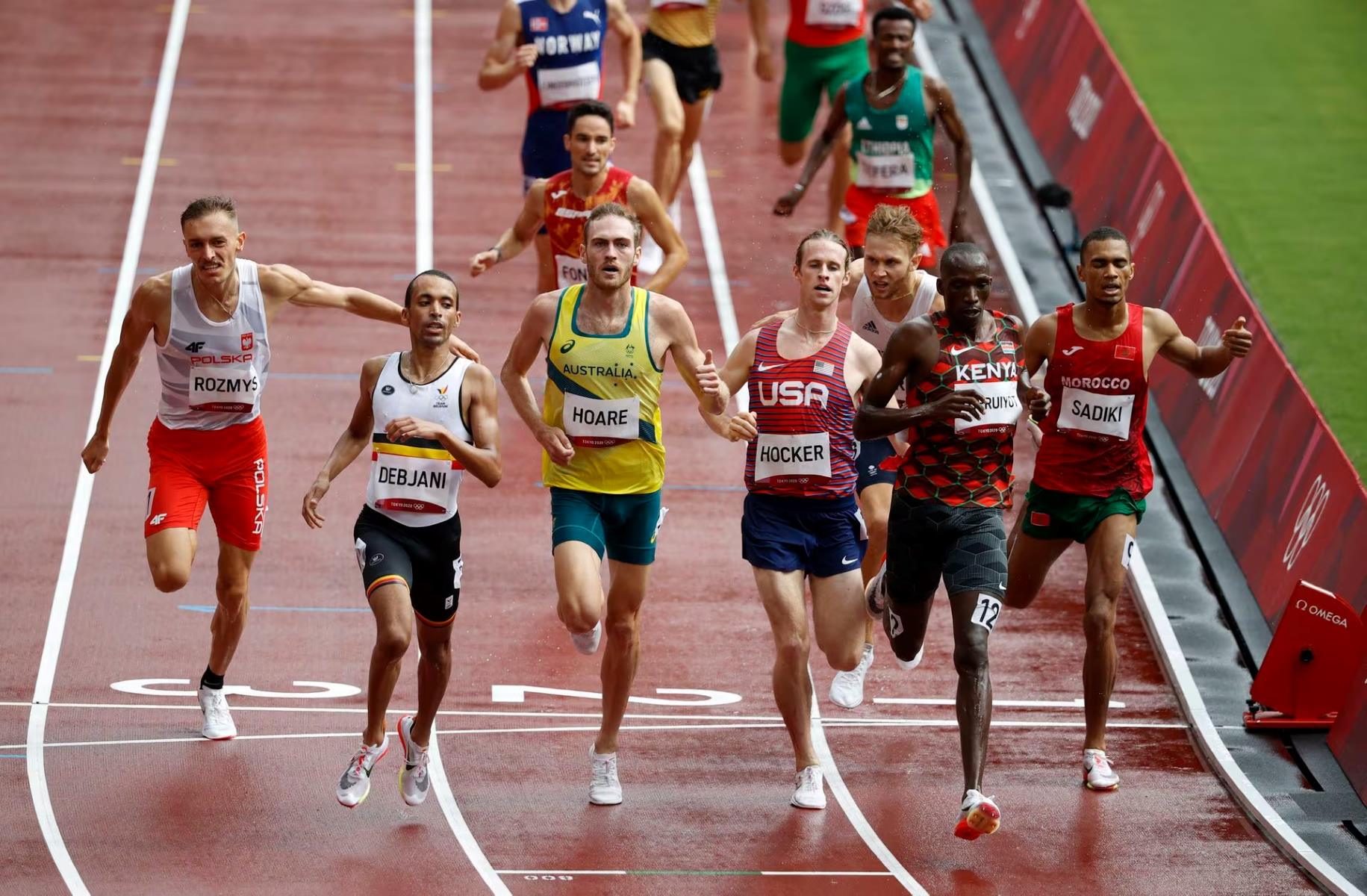

Featured
How Many Laps On A Track Is A Marathon
Modified: January 2, 2024
Find out how many laps on a track equals a marathon. Discover the featured distance for long-distance runners and train accordingly.
Introduction
Welcome to the world of marathon running! If you’re considering signing up for a marathon or are simply curious about the logistics of these endurance races, you may have wondered how many laps on a track make up a marathon. A marathon, classified as a race with a distance of 26.2 miles or 42.195 kilometers, typically takes place on public roads or designated race courses. However, some marathons are held on tracks, particularly for athletic events or for runners seeking a controlled environment.
Running a marathon on a track offers a unique experience. While the scenic routes of road marathons showcase the beauty of different cities and landscapes, track marathons provide a different kind of challenge and allow for precise measurement of the distance covered. So, how many laps around a track equate to the standard marathon distance?
In this article, we will explore the calculations and factors involved in determining the number of laps required to complete a marathon on a track. Additionally, we will discuss alternative options for marathon runners who may prefer the variety and scenery of a road race. So, let’s dive in and unravel the mystery of how many laps on a track make up a marathon!
Understanding Laps on a Track
Before delving into the specifics of how many laps on a track make up a marathon, let’s first understand the concept of laps in this context. In track and field events, a lap typically refers to one complete circuit around the track. The distance covered in a single lap can vary depending on the size of the track. The most common track sizes used for marathons are 400 meters and 200 meters.
A standard 400-meter track is the most widely recognized and used track size for marathons. It consists of two straights and two curves, with each straight measuring 100 meters and each curve measuring 100 meters as well. On this track, one lap covers a total distance of 400 meters or 0.25 miles. Therefore, to complete a standard marathon distance of 26.2 miles, a runner would need to complete approximately 105 and a half laps around a 400-meter track.
On the other hand, a 200-meter track is less commonly used for marathons but can still be a suitable option for certain events or training purposes. On a 200-meter track, one lap covers a distance of 200 meters or 0.125 miles. To complete a full marathon distance of 26.2 miles on a 200-meter track, a runner would need to complete roughly 210 and a half laps.
It’s important to note that while these numbers provide an estimate of the number of laps required, the actual distance covered may vary slightly due to the positioning of the starting line and the use of staggered starts in multi-lap races.
Now that we have a basic understanding of laps on a track, let’s explore the calculation methods used to determine the number of laps needed to complete a marathon on a track.
The Length of a Standard Marathon
A standard marathon is universally recognized as a race with a distance of 26.2 miles or 42.195 kilometers. The origin of this specific distance dates back to the ancient Greeks and their legendary messenger, Pheidippides. According to the historical account, Pheidippides ran from the city of Marathon to Athens to deliver news of the Greek victory in the Battle of Marathon. The distance covered by Pheidippides became the inspiration for the modern-day marathon.
The decision to establish the official marathon distance as 26.2 miles was made during the 1908 London Olympics. Prior to that, marathons were not standardized, and the distances varied between races. The organizers of the 1908 Olympics decided to extend the course to allow the race to start at Windsor Castle and finish in front of the royal box at the Olympic Stadium, a total distance of 26.2 miles.
The adoption of the 26.2-mile distance as the standard for marathons has remained consistent ever since. The distance is challenging, yet achievable for dedicated long-distance runners, pushing them to their limits both physically and mentally.
In addition to miles, the marathon distance is also measured in kilometers. The exact distance in kilometers is 42.195, as per the International Association of Athletics Federations (IAAF) regulations. This conversion allows for uniformity across international races and facilitates comparisons between performances.
Whether you refer to it as 26.2 miles or 42.195 kilometers, the standard marathon distance presents a significant challenge to anyone attempting to complete it. Now that we have a clear understanding of the marathon distance, let’s explore how we can calculate the number of laps required to cover this distance on a track.
Calculating Laps in a Marathon
When it comes to calculating the number of laps required to complete a marathon on a track, it all depends on the size of the track and the distance covered in one lap. As mentioned earlier, the most common track size for marathons is 400 meters, where one lap covers a distance of 400 meters or 0.25 miles.
To determine the number of laps needed to complete a marathon on a 400-meter track, we can use a simple calculation. Since a marathon is 26.2 miles in length, we divide this distance by the distance covered in one lap (0.25 miles).
26.2 miles / 0.25 miles = 104.8 laps
So, if you were to run a marathon on a standard 400-meter track, you would need to complete approximately 105 laps to cover the full distance.
Similarly, if you were to participate in a marathon on a 200-meter track, where one lap covers a distance of 0.125 miles, the calculation would be as follows:
26.2 miles / 0.125 miles = 209.6 laps
Therefore, on a 200-meter track, you would need to complete approximately 210 laps to finish the marathon.
Keep in mind that these numbers provide an estimate and may vary slightly due to factors such as the starting position on the track and any adjustments made to ensure the race accurately covers the full distance.
Calculating the number of laps in a marathon allows race organizers to plan and coordinate track events effectively. It also helps participants strategize their pacing and mentally prepare for the endurance required to complete the race.
Now that we’ve examined the calculations for determining the number of laps in a marathon, let’s explore some factors to consider when participating in track marathons.
Factors to Consider
Participating in a marathon on a track presents its own unique set of factors and considerations. Let’s explore some key aspects to keep in mind:
- Pacing and Mental Stamina: Running multiple laps on a track requires strong mental stamina and discipline. The repetition of loops may challenge runners to stay motivated and focused. It’s crucial to pace yourself properly and maintain a consistent rhythm throughout the race.
- Track Surface: The surface of the track can vary, ranging from synthetic tracks to traditional cinder tracks. In some cases, the surface may be harder on the joints compared to roads or trails. It’s essential to train on similar track surfaces to become accustomed to the texture and impact it can have on your body.
- Monotony: For some runners, the repetitive nature of running laps on a track can become monotonous. It’s important to find ways to combat boredom during the race, such as listening to music, engaging with spectators, or focusing on landmarks or personal goals on the track.
- Hydration and Nutrition: In track marathons, participants have the advantage of frequent access to aid stations. Take advantage of these stations to stay hydrated and refuel with energy gels or snacks. Develop a hydration and nutrition plan that suits your needs and adjust it according to the number of laps you expect to complete.
- Tactical Considerations: Running on a track allows for closer observation of your competitors, which can impact your race strategy. You may choose to maintain a consistent pace or strategically surge ahead on specific laps. Familiarize yourself with the other runners and plan accordingly.
Considering these factors will help you make the most of your track marathon experience. It’s essential to adapt your training and mindset to the unique challenges that come with the repetitive nature of running laps.
While track marathons can offer advantages such as controlled conditions and accurate distance measurement, they may not suit everyone’s preferences. Let’s explore some alternative options for marathon runners who are looking for a change of scenery or variety in their race experience.
Alternatives to Track Marathons
If the idea of running multiple laps on a track doesn’t quite excite you, fear not! There are plenty of alternative options for marathon runners who prefer a change of scenery or a different race experience. Consider the following alternatives:
- Road Marathons: Road marathons are the most popular and traditional option for marathon runners. These races take place on public roads, offering a variety of terrains, landscapes, and iconic landmarks. Road marathons provide a unique opportunity to explore different cities and cultures while testing your endurance.
- Trail Marathons: For those who love nature and a more adventurous challenge, trail marathons are a fantastic choice. Runners tackle off-road trails, often encountering elevation changes, challenging terrain, and stunning natural beauty. Trail marathons offer a different experience and require additional preparation due to the technical demands of the trails.
- Virtual Marathons: With the rise of technology and the recent global events, virtual marathons have gained popularity. These races allow participants to complete the marathon distance at their convenience, whether it’s on a track, road, or trail. Virtual marathons provide flexibility and the opportunity to participate from anywhere in the world, often with the added benefit of supporting a charitable cause.
- Multi-Day Marathons: For those seeking an even greater challenge, multi-day marathons are an exciting option. These races consist of running a marathon distance over multiple days, allowing for rest and recovery between stages. Multi-day marathons test both physical endurance and mental resilience.
- Destination Marathons: Combine your love for travel and running by participating in destination marathons. These races take place in beautiful locations around the world, providing a unique cultural experience alongside the physical challenge of running a marathon. From big cities to exotic and remote destinations, the options are endless.
Exploring these alternatives allows you to find a marathon experience that aligns with your interests and goals. Whether you prefer the excitement of road races, the serenity of trails, the flexibility of virtual events, or the thrill of destination marathons, there is something out there for everyone.
Remember to choose the race format that best suits your personal preferences and training style. Now that we’ve explored alternatives, let’s wrap up and reflect on the information we’ve covered in this article.
Conclusion
Participating in a marathon on a track can provide a unique and controlled environment for runners, allowing for precise measurement of the distance covered. We discovered that the number of laps required to complete a marathon on a track depends on the size of the track and the distance covered in one lap.
With the most common track size being 400 meters, approximately 105 laps are needed to complete a standard marathon distance of 26.2 miles. If running on a 200-meter track, around 210 laps would be required to cover the full distance.
We also explored the factors to consider when participating in track marathons, such as pacing, track surface, monotony, hydration, nutrition, and tactical considerations. These factors can influence your race experience and performance, so it’s crucial to prepare accordingly.
For those seeking a change of scenery or variety in their marathon experience, we discussed alternative options such as road marathons, trail marathons, virtual marathons, multi-day marathons, and destination marathons. Each of these alternatives offers its own unique challenges and rewards.
Ultimately, whether you choose to run a marathon on a track or opt for an alternative option, the journey of training and completing a marathon is an incredible accomplishment. It requires dedication, perseverance, and mental strength. The choice of race format should align with your personal preferences, goals, and the experiences you seek.
Now that you have a better understanding of how many laps on a track make up a marathon, as well as the alternatives available, it’s time to lace up your running shoes and embark on your marathon journey. Best of luck in your training and future races!









